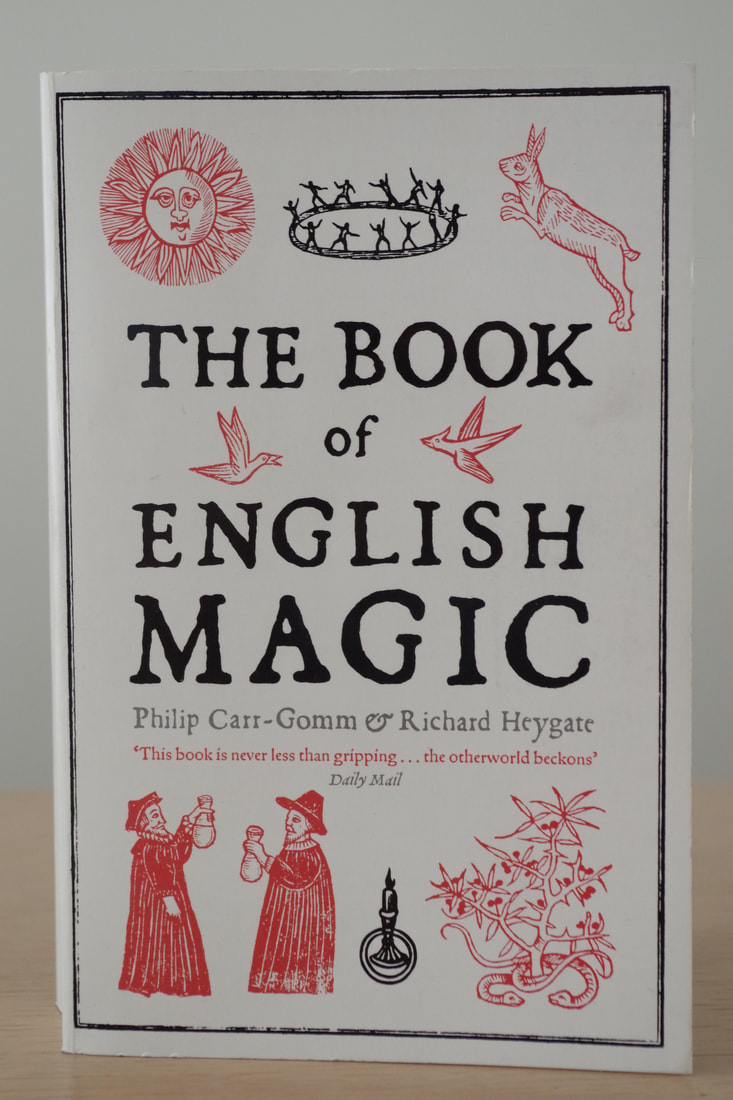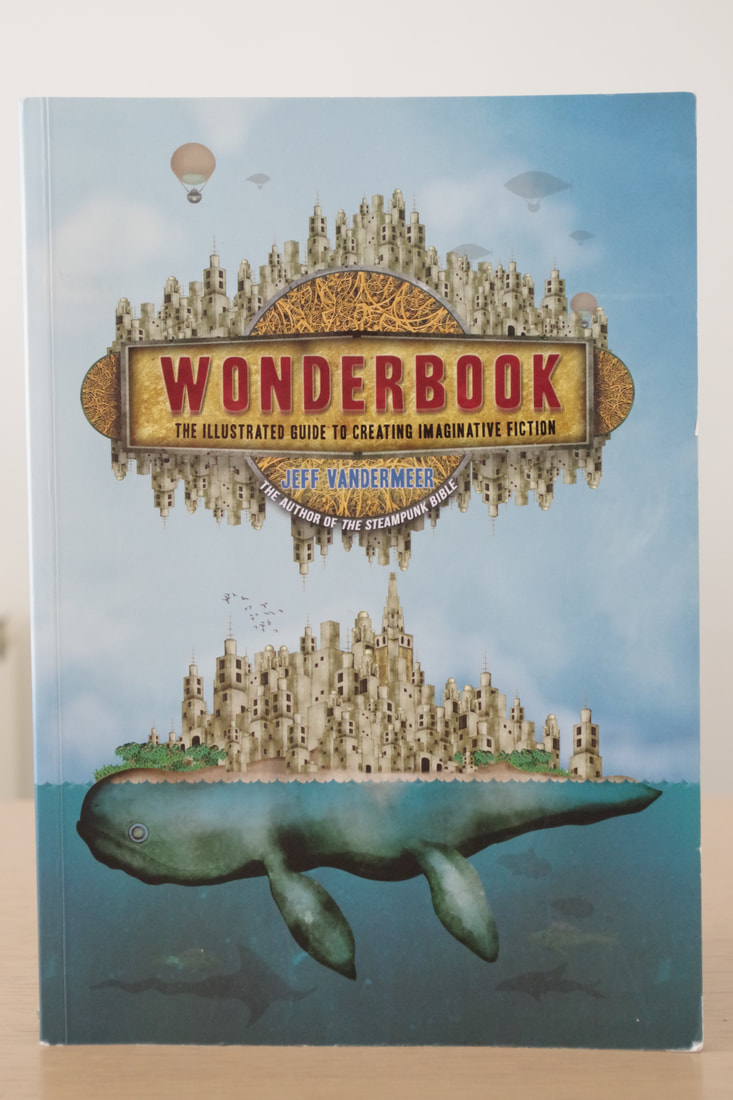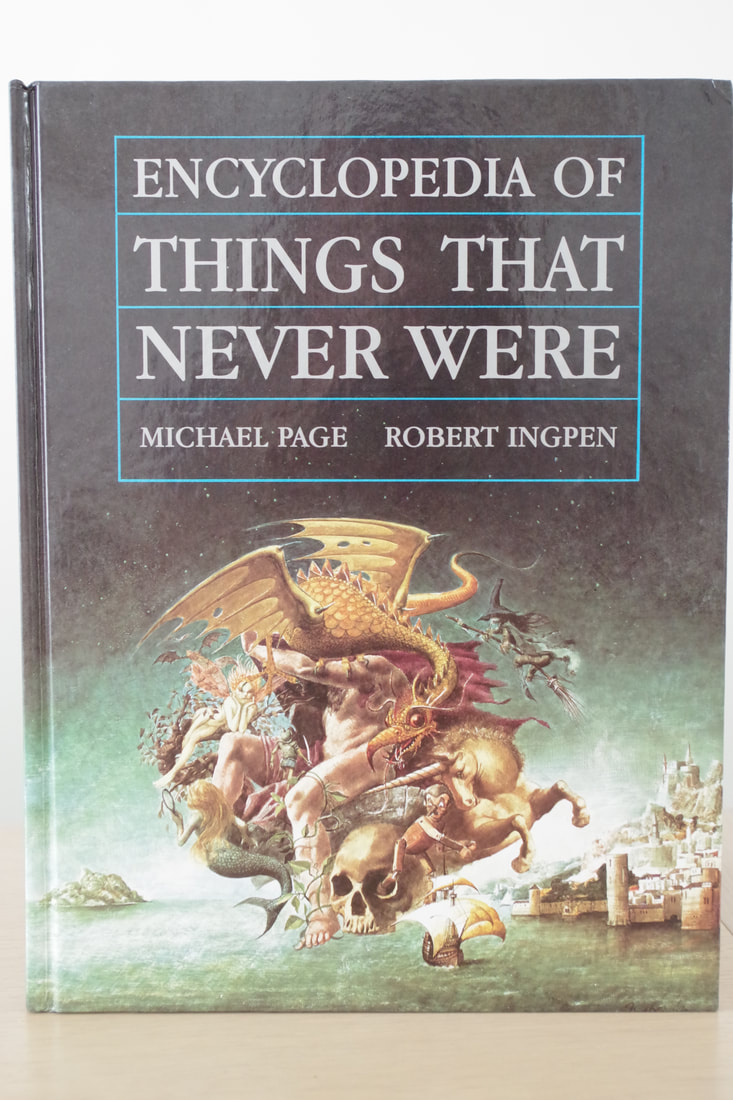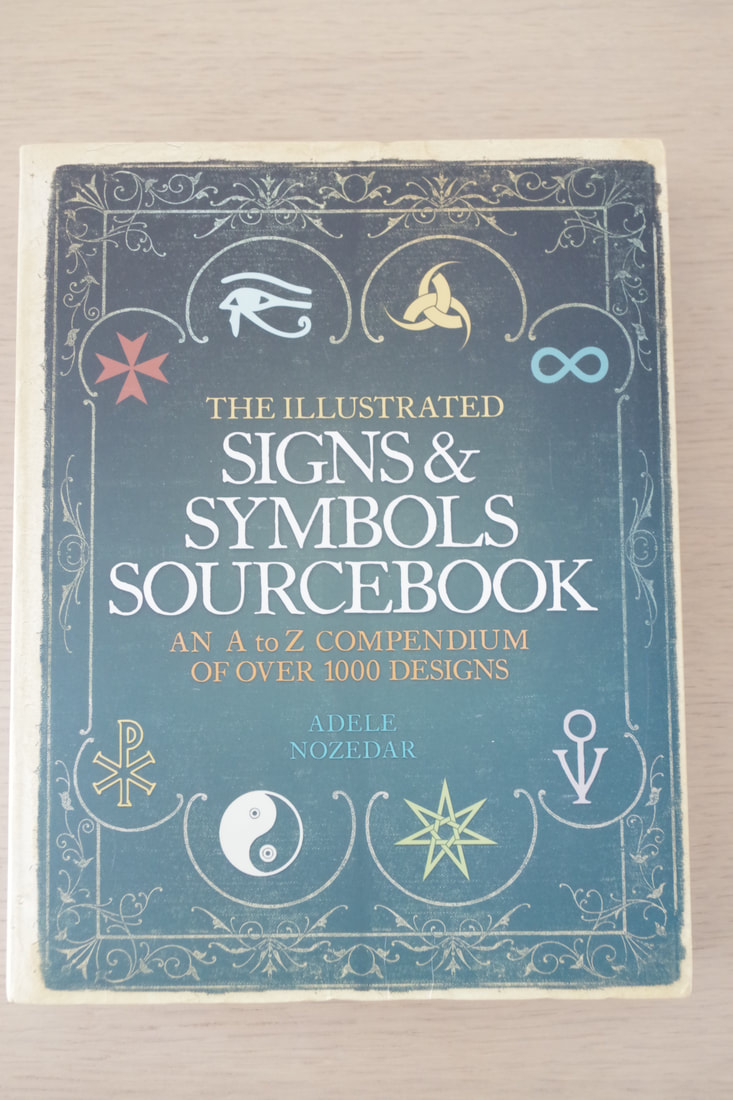|
Research is a key part of writing any novel and has always been something of a passion of mine. Whether it is researching the Anglo-Saxon world of 6th century England for my novel This Sacred Isle, or building an entire secondary world for my Tree of Life trilogy, I love digging down to establish key facts. Sometimes, this research takes the place of visiting actual historical sites or museums / galleries – often, though, my research is through non-fiction works (I am a regular customer at my local library!). Often, I will use non-fiction books to confirm important details about the world in which my story takes place – for example, for This Sacred Isle, although it contains elements of fantasy, I very much wanted the setting to have a strong historical basis, such as the food people eat, their clothes, their weapons etc. However, good non-fiction can also provide inspiration for elements I would never have thought of otherwise, taking the story in different directions. In this post, I am going to talk about four non-fiction books that I have found inspiring when writing my novels, non-fiction books to which I’m sure I’ll continue to return. The Book of English Magic - Richard Heygate & Philip Carr-Gomm This is a wonderful survey of England’s magical past, covering druids, Anglo-Saxon runes, Merlin, Alchemy, Freemasonry, and much, much more. Erudite but accessible, this hugely entertaining, enrichening book is a primer for occult history, and has opened for me many rich seams of research and inspiration. I returned to this book a number of times whilst writing This Sacred Isle, both for the sections on Anglo Saxon magic and the Matter of Britain, and also for the section on Alchemy and Tarot, which in their way influenced the shape of the story. The book contains short biographies of leading figures within magical history, such as Aleister Crowley, as well as focuses on writers inspired by England’s magical tradition such as J.R.R. Tolkien, Susanna Clarke, J.K. Rowling and Philip Pullman. There are suggestions for places to visit, and articles written by modern day magical practitioners, which I found fascinating and in places, very moving. Even if you don’t believe in magic, read The Book of English Magic with an open mind, and it will take you on a trip to the Otherworld… Wonderbook – Jeff VanderMeer Wonderbook has proven to be a valuable addition to my non-fiction collection. It is an illustrated creative writing book, aimed mainly (though not exclusively) at writers of the fantastical (all SF, Horror and Fantasy authors will find reams of good material to explore here). It is jam-packed with advice on plotting, structure, characterisation, world-building and many more aspects of fiction writing. I used this book during the edit of This Sacred Isle, and it helped me to see some different perspectives on my work, especially in terms of narrative design and testing my characters. The exercises and advice contained within Wonderbook made me challenge my work even more, to question my assumptions, to keep trying new techniques. The heavily visual, often playful and irreverent, approach is bold and innovative, and the book also contains articles / interviews with writers such as George R. R. Martin, Neil Gaiman and Ursula Le Guin. And it is not just the practical advice that makes Wonderbook such a valuable book for writers – it gives plenty of inspiration just to keep going, especially when the going gets tough. Encyclopaedia of things that never were - Michael F. Page and Robert Ingpen I picked up this book many years ago, and it’s been a faithful companion for my writing since then. It might be tricky to get a hold of a copy now, but it’s worth it if you can. Drawing on examples from myth, legend and fantastical literature from around the world, you’ll discover all manner of mystical places, people and creatures. Richly illustrated, it is an entertaining, witty read, and I used the book to spark ideas for my Tree of Life trilogy - the saga takes place in an invented secondary world, and the Encyclopaedia of things that never were sparked many ideas for the creatures that inhabited that world and lands in which they lived. For any lover of fantasy, I would recommend this book – leave logic at the door, and enter a world of dreams… The illustrated Signs and Symbols Sourcebook - Adele Nozedar This is a comprehensive and well-illustrated guide to the secret knowledge of signs and symbols, which I found both useful as a source for research and an entertaining read in its own right.
The book is divided into themed sections, covering a vast array of subjects such as magic, flora and fauna, deities, geometry, numbers and landscape. I love using symbolism in my novels, and found this book extremely helpful as a guide and a source of fresh ideas – the structure makes it easy to dip into, and although in some areas it might be necessary to carry out more detailed research, there is a lot of depth to certain sections, for example the pages for tarot and astrology. I’ve continued to use The illustrated Signs and Symbols Sourcebook for the research and planning of my latest novel, Second Sun, and I’m sure this will remain a well-thumbed tome for many more years and books to come!
2 Comments
|
Archives
October 2023
Categories
All
|




 RSS Feed
RSS Feed